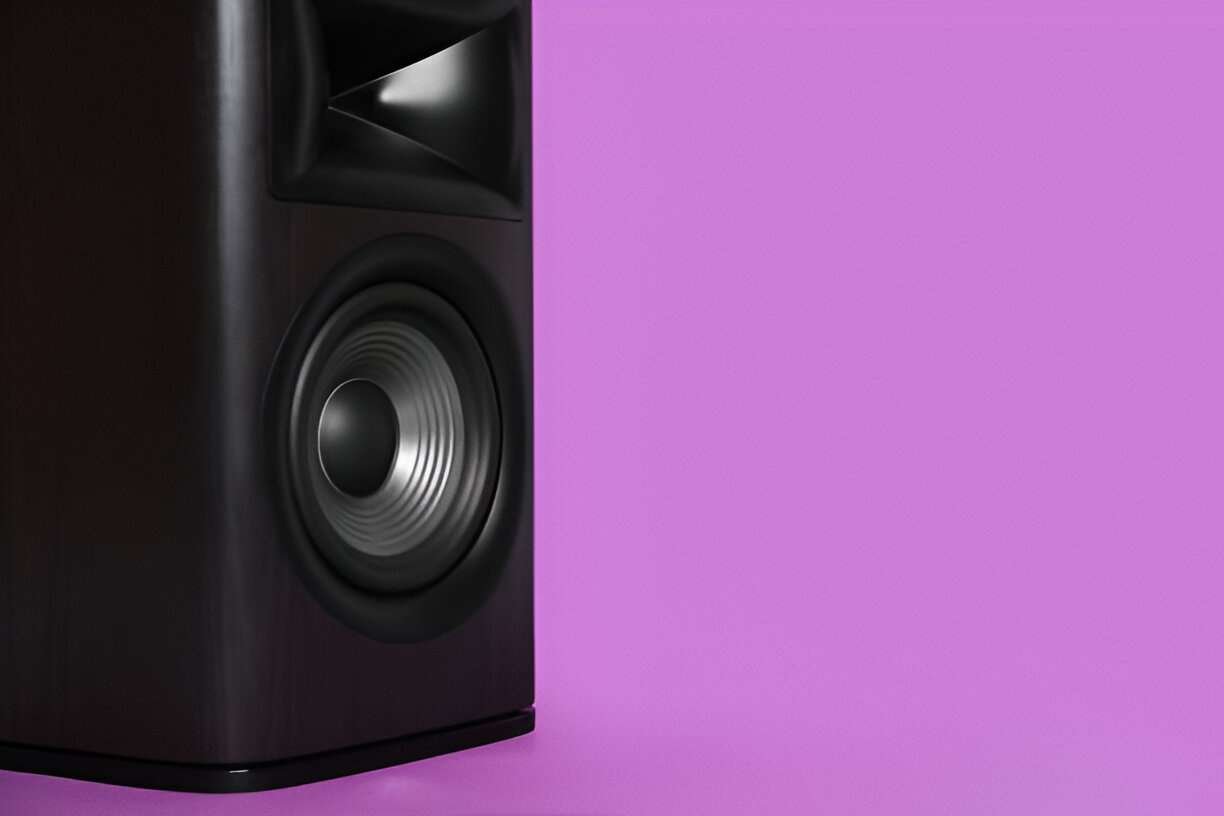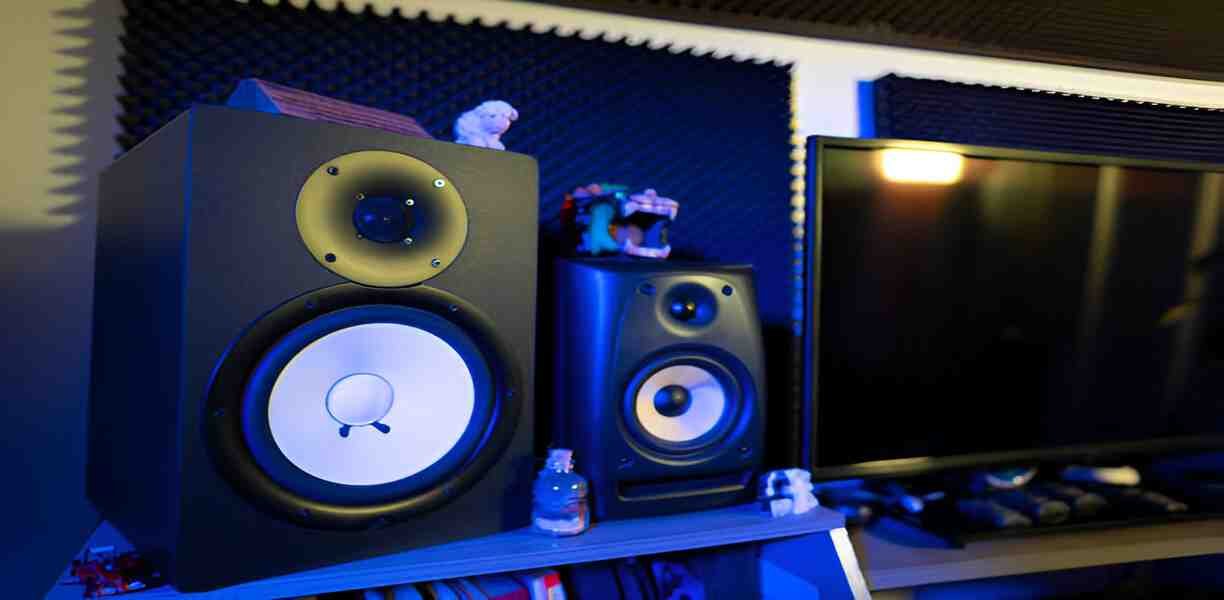Where Should Woofer Be Placed
Where Should a Subwoofer Be Placed? The Best Placement Tips for Optimal Sound
Setting up a home audio and wanting the best bass from your subwoofer? Well, placement is everything. How you place your subwoofer in space can make a huge difference in the quality of sound, especially the bass. But where exactly should you place it? Let’s break down Where Should Woofer Be Placed? and give you some tips to help you get the deepest, most satisfying bass for your space.
 1. Corner Placement: Amplifying the Bass
1. Corner Placement: Amplifying the Bass
A very common place for the subwoofer is in the corner of the room. Just place your subwoofer in the corner, and it amplifies the output; thus, the bass may feel more intensive and powerful. This is because the sound waves reflected from the walls around the subwoofer boost the bass and give it more oomph.
Pros:
- Increased bass output: Corner placement enhances the low-end frequencies and makes the bass seem louder and fuller.
- It helps with bass nulls: Bass nulls are areas that occur when there is a cancellation of certain frequencies; this causes weak spots in the bass response within a room. This placement in the corner tends to reduce such nulls, hence giving an even bass response.
Cons:
- Distance from the listening area: Having it very far from your main seating area may make it difficult for it to blend well with the rest of the audio, hence compromising on the quality of the sound output.
Tip:
While placing your subwoofer in the corner will indeed help to raise the output, make sure not to keep it flush with the wall. Give it a little space ideally so the sound can breathe and does not become overly boomy or muddled.
2. In Front of the Room: Blending with Your Speakers
Setting the subwoofer in front, near the main speakers, is another great option. This placement tends to marry the bass seamlessly with the main soundstage, making the low-end frequencies feel like they’re coming from the same source as the rest of the audio.
Pros:
- Smooth integration with the main speakers: It can integrate well with the main speakers and the center channel when it is placed in front of the room. This way, it provides a more integrated audio experience.
- Reduces localization effects: Proper placement means one should not hear bass from one single, specific location. The bass should feel surrounding, rather than emanating from just one spot.
Cons:
- Room acoustics: The layout and acoustics of your room may affect how well the subwoofer blends with the rest of your audio system, so some trial and error might be required.
Tip:
Try different positions in front of the room-say, either towards the left side or to the right side of your main speakers-to find the perfect position where the bass blends perfectly.
3. Inside a Wall: Creating a Clean, Well-Rounded Audio Experience
Installing your subwoofer in a wall will provide a clean look, if somewhat professional, and still offer great sound. This is often the solution for high-end home theaters where one desires a non-intrusive, properly balanced sound experience.
Pros:
- Balanced audio experience: Subwoofers mounted in or on walls can produce a seamless, immersive sound that blends well with your audio system.
- Aesthetic: It is suitable for a minimal setup, tucks away the subwoofer so that it won’t consume your floor area, and leaves an attractive finish.
Cons:
- The in-wall installation requires a professional and some other particular materials, so this installation could be costly.
- Not ideal for rentals: If you are on a rental, modifying the walls for a subwoofer may not be an option since it can breach your lease agreement.
Tip:
If you’re looking for a cleaner install and want to avoid cutting into your walls, consider getting a wall-mount subwoofer designed for just that purpose.
4. Other Tips for Subwoofer Placement
- Avoid placing the subwoofer directly against a wall or corner: While corners can amplify bass output, positioning the subwoofer very close to the walls can result in unwanted distortion and muddying of the sound. Always leave some breathing room to get the best results.
- For ported subwoofers: If your subwoofer has a port, make sure it’s at least twice the diameter of the port’s size away from any wall to avoid “chuffing” noises and distortion.
- Experiment with placement: Every room is uniquely acoustically different, and there’s really no need to concern yourself with experimentation to find the perfect place for a subwoofer. Move the subwoofer around and listen for where it yields the best, balanced bass response.
- Use measurement equipment: If you’re serious about achieving the perfect bass, consider using measurement equipment or a subwoofer placement guide to test different spots in the room. This can help you fine-tune your subwoofer placement for the best sound.
Conclusion: Finding the Right Subwoofer Placement
Ultimately, the best placement for your subwoofer is a matter of your room’s layout, the kind of sound you are chasing, and how much work you want to do to optimize the bass. Whether in the corner, in front of the room, or inside a wall, each location has unique benefits and challenges. Also, do try out different positions, not placing the subwoofer too close to walls, and use the right tools to ensure you get the best sound possible. Enjoy listening!











